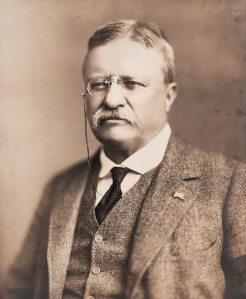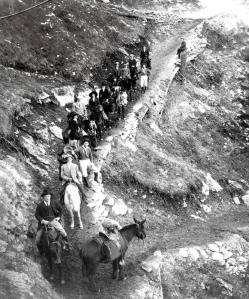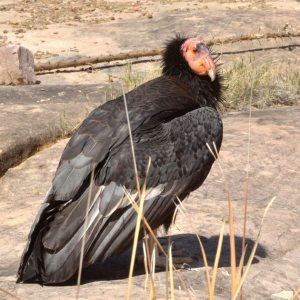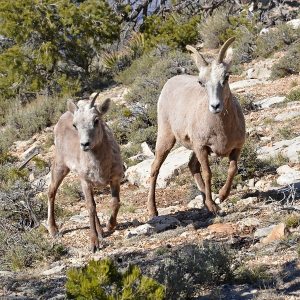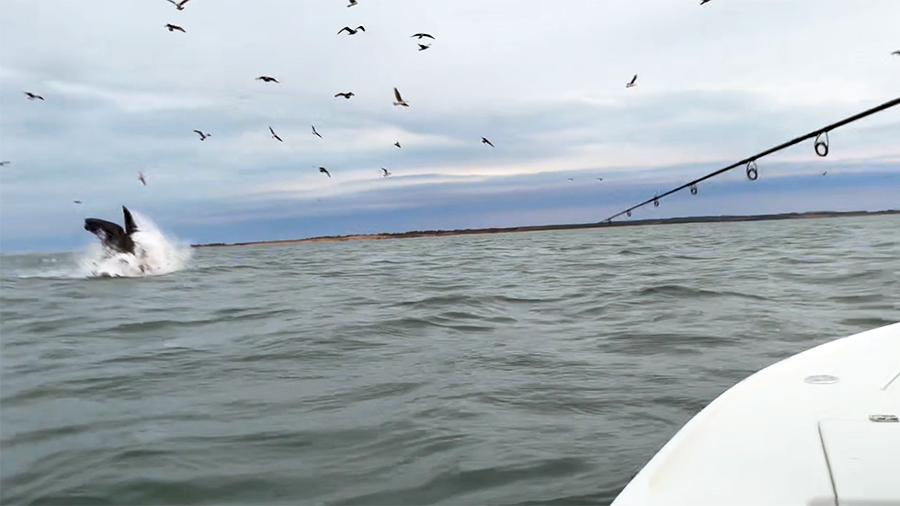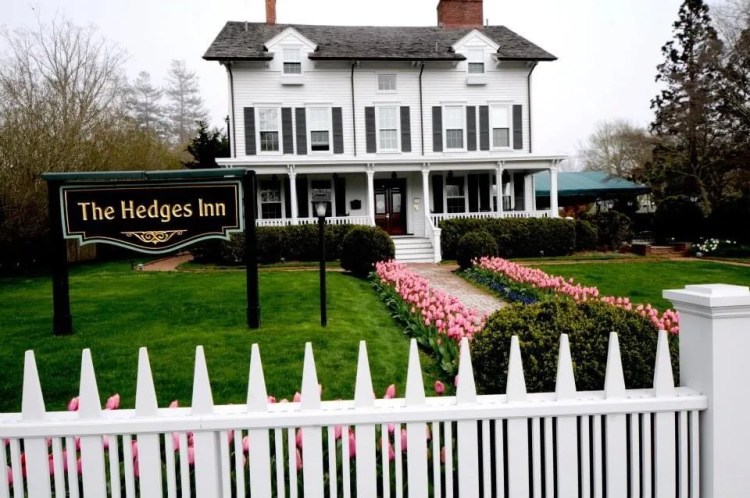
Long Island and American history. No matter where you go, you just can’t escape it. This year, the country is celebrating the 50th anniversary of the Apollo 11 moon landing. The Long Island connection is the huge role the Grumman plant in Bethpage played in the success of that launch.
2019 is also the centennial of the Grand Canyon, one of America’s most beloved landmarks as a National Park. Does the Grand Canyon have a Long Island connection? You bet! It comes in the form of the ubiquitous Theodore Roosevelt. Oyster Bay native, Harvard College graduate, New York City Police Commissioner, Vice President, President, winner of the Nobel Peace Prize and prolific author, Roosevelt was also an outdoorsman, a man legendary for his love of big game hunting. A statue of the man greets visitor to the Nassau County Legislature, but as the legend goes, if you want further monuments to the man, look all around you. And in this case, we mean the entire country. Roosevelt was a key figure on the land conservation movement, which gained steam at the turn of the century. And that includes the Grand Canyon.
The Grand Canyon was first explored by European settlers in 1540. That year, Captain García López de Cárdenas, along with Hopi guides and a small group of Spanish soldiers, traveled to the south rim of the Grand Canyon between Desert View and Moran Point. Pablo de Melgrossa, Juan Galeras and a third soldier descended deep into the canyon until they were forced to return for lack of water. In their report, they noted that some of the rocks in the canyon were “bigger than the great tower of Seville, Giralda.”
In 1889, John Wesley Powell, a Civil War veteran, commanded an expedition of the canyon. It was a risky move and several of his volunteers disappeared into the Wild West. But Powell’s gamble paid off. The Grand Canyon soon became a point of national pride. Protection from Washington was around the bend. That was sealed in 1903 when President Roosevelt visited the canyon.
“In the Grand Canyon, Arizona has a natural wonder which is in kind absolutely unparalleled throughout the rest of the world. I want to ask you to keep this great wonder of nature as it now is. I hope you will not have a building of any kind, not a summer cottage, a hotel or anything else, to mar the wonderful grandeur, the sublimity, the great loneliness and beauty of the canyon.
“Leave it as it is. You can not improve on it. You can only mar it. The ages have been at work on it, and man can only mar it. What you can do is keep it for your children, your children’s children, and for all who come after you, as one of the great sights which every American, if he can travel at all, should see.”
—Theodore Roosevelt
Three years later, Roosevelt, a true friend of nature, established the Grand Canyon Game Preserve. The act immediately reduced grazing rights. More important, it eradicated such predators’ mammals as wolves, eagles and mountain lions. Animal life was now allowed to flourish. Roosevelt and his fellow conservationists had formed a group, the Boone and Crockett Club, one named for two of the most famous pioneers in American history. That group, with Roosevelt’s backing, lobbied Congress to approve the Antiquities Act of 1906, legislation that gave the president to power to create national monuments. Roosevelt used his powers to add national forest lands to the Grand Canyon’s protected areas. In 1908, the canyon became a U.S. National Monument. For several years, lobbying efforts by land and mining concerns prevented the canyon from becoming a National Park. Finally, on Feb. 26, 1919, President Woodrow Wilson signed legislation into law establishing the Grand Canyon as the 17th U.S. National Park. Today, the park, among its numerous attractions, boasts of Roosevelt Point in honor of the 25th president. Travel guides describe it as “the best place to see the confluence of the Little Colorado River and the Grand Canyon.”

The Grand Canyon, along with Yellowstone National Park, is the crown jewel of the parks service. The canyon is one of the enduring symbols of America. Estimated at being no less than two billion years old, the Grand Canyon attracts five million from around the world each year, where numerous hiking, biking, camping, riding and rafting opportunities await them.
The landmark is 10 miles wide, 277 river miles in length and one mile in depth. Archaeologists estimate that a volcanic eruption, one that took place 900 to 1,000 years ago, helped to create the marvel that the canyon is today.
According to travel guides, the best time of the day to visit the Grand Canyon is both before 10 a.m. and after 4 p.m. “when the angle of the sun brings out the colors of the rock, and clouds and shadows add dimension. Colors deepen dramatically among the contrasting layers of the canyon walls just before and during sunrise and sunset.”
The preservationist efforts have succeeding dramatically. Today, there are 89 mammal species living in the canyon and no less than 1,700 plant species. Most significant has been the return of the California condor. In the 1980s, there were only 22 condors left in the wild. Fortunately, they were captured and placed in a captive-breeding program. It worked. Starting in 1996, captive-raised condors have been released into the canyon and by 2013, up to 50 condors were flying free over the canyon. In 2003, for the first time in over a century, a pair of condors hatched and raised a chick. Since then, several more condor pairs have successfully raised offspring.
The Grand Canyon is a phenomenon of nature. It is also a tribute to Teddy Roosevelt. Isn’t it time you have visited?




